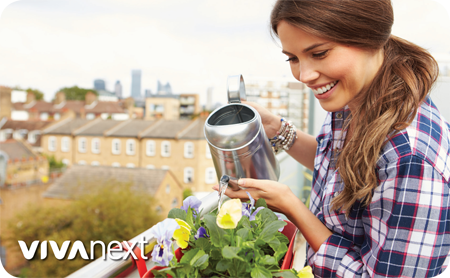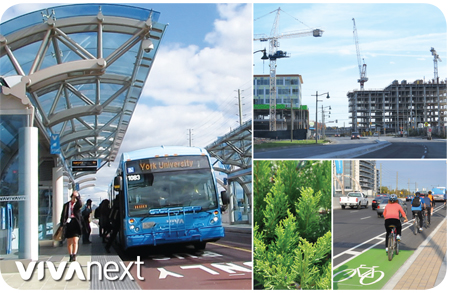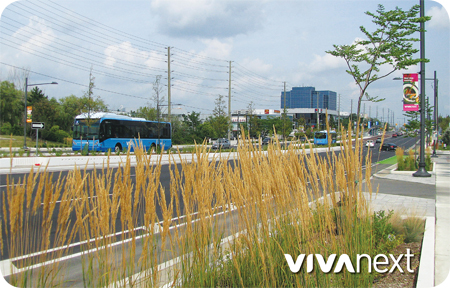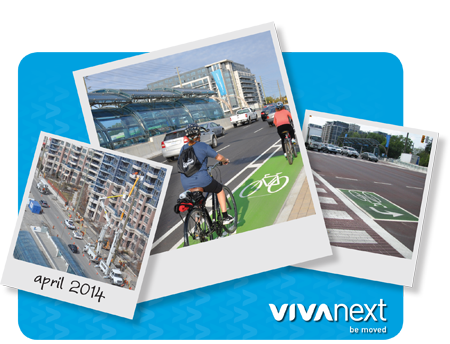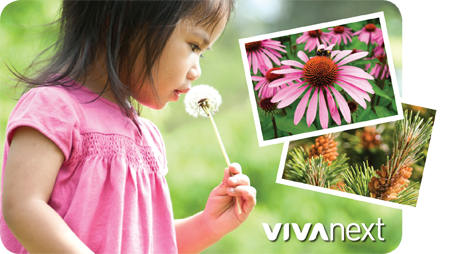Most people see the environmental benefits of having greenery around us. Trees and shrubs help to filter the air and water, and provide shade and habitat for animals and birds. But when you look at a tree, shrub or plant, it doesn’t bring to mind the economy. Last year, a report from TD Economics calculated that in Toronto, a single tree returns from $1.35 to $3.20 per every dollar spent on maintaining the “urban forest,” and the returns for Halifax and Vancouver were even higher. It also noted the higher value of real estate in neighbourhoods with mature tree canopies.
There are environmental benefits and economic value, and then there’s the intangible – the way we feel when we’re on a tree-lined street and the satisfaction we get from watching the seasons change. We may not look forward to snow, but you can’t deny it looks nice on tree branches.
If you’ve ever planted a garden, you know that every plant isn’t always successful, especially after a harsh winter. Along the new Highway 7 East rapidway in Markham and Richmond Hill, we’ve planted almost 300 trees and thousands of perennials and grasses. We use soil cell technology to ensure trees have the best chance at survival, and the types of trees and shrubs are selected carefully. Even so, sometimes a few don’t make it through the winter, in which case we replace them under the two-year warranty we have for all of our trees, shrubs and plants.
In the next couple of weeks, our landscaping crews will be out on Highway 7 to help the new greenery on Highway 7 East thrive for many years to come. Whether you’re walking through a forest or travelling Highway 7 East, we hope you connect with nature now that spring is finally, [finally!] here.


